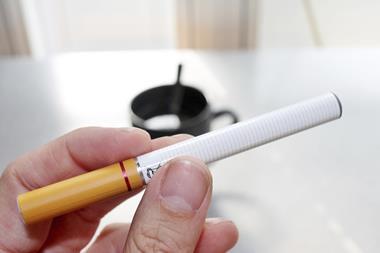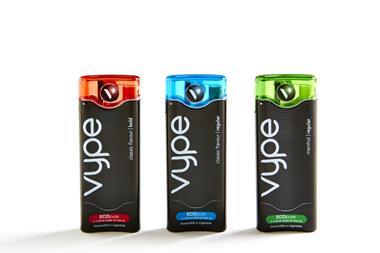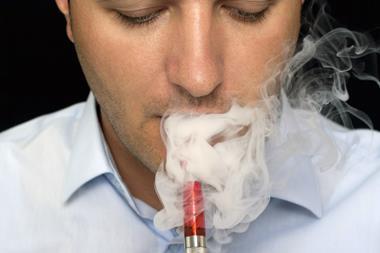Last week the European Parliament voted in favour of what will be the final version of the EU tobacco Products Directive, setting a raft of new rules in place for the sale of cigarettes and electronic cigarettes across the Continent from 2016.
It was the culmination of years of political manoeuvring and lobbying right up to the 11th hour. The upshot - 10-packs of cigarettes and pouches of tobacco less than 30g will be banned. Slims and flavoured cigarettes will also be axed, with menthol to be outlawed by 2020.
As for e-cigarettes, on the face of it, the directive looks good news for suppliers who feared all products would be licensed as medicines in the same way as nicotine replacement therapies such as patches and gums.
However the Champagne corks have not exactly been popping in the boardrooms of the UK’s e-cig makers - quite the opposite in fact.
Suppliers are furious that a compromise agreement introduced in December means the only e-cigs that won’t have to be regulated in this way must contain a nicotine concentration of less than 20mg/ml - lower than the majority of the ones currently used in the UK - many around 24mg.
In addition even e-cigs with a nicotine concentration of less than 20mg would effectively be classed in the same way as tobacco and thus be subjected to the same restrictions around advertising, effectively banning manufacturers from marketing their products.
Those suppliers that do go down the medicines route will be allowed to advertise, but even then there will be restrictions on the style of ads allowed. Effectively these ads will have to promote the devices as quitting aids, rather than as a lifestyle choice, which is how most suppliers view their products.
“The ability to advertise under medical regulations is not necessarily the holy grail some might think it to be,” agrees Michael Clapper co-founder of Vapestick and president international at Victory Electronic Cigarettes Corporation.
“The reality is that the vast majority of smokers don’t actually want to quit smoking; given the choice, they would ideally prefer to be able to carry on smoking, but without all the negative health consequences. This is the primary reason e-cigarettes have become so popular in the first place. Advertising messages that can only approach the quit-smoking route are in danger of falling on deaf ears.”
Clapper also argues that restricting the concentration of nicotine to 20mg is also likely to discourage heavy tobacco smokers from switching to e-cigs, a result that would have graver public health outcomes.
His view echoes those of international scientists and academics, who recently wrote to the European Commission questioning the science used to come up with the new rules.
E-cigs: up in smoke?
- EUTPD is set to be rubber-stamped by member states in the next few weeks
- Industry will have two years to comply
- E-cigs with nicotine concentration of less than 20mg will be regulated in the same way as tobacco - so advertising will be banned
- Strong e-cigs must be regulated as medicines and will be allowed to advertise
The boffins warned that the directive overplays the toxicity of nicotine, and that by restricting access to higher-strength e-cigs, the directive actually closes a gateway away from tobacco rather than creating a new one into tobacco.
So while many observers who have been following the glacial progress of the EUTPD through Brussels may have thought the debate was finally over, it would appear hostilities will continue for the foreseeable future.
Katherine Devlin of the Electronic Cigarette Industry Trade Association confirms that a legal challenge is likely.
“There is not much we can do at the moment as we have to wait until the implementation stage,” she explains. “But this is unworkable and we will be fighting it tooth and nail.”



















No comments yet